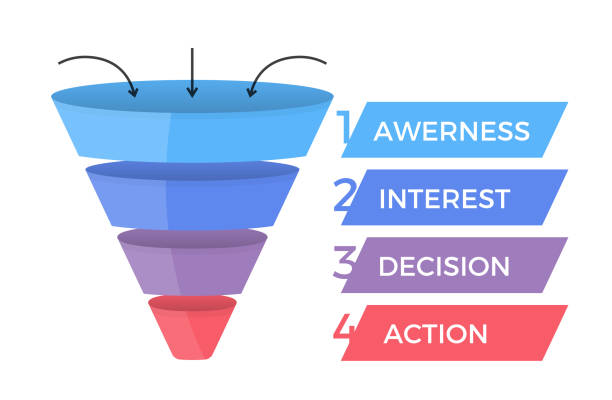As you’re likely to be well aware, GA4 is coming. The old version of Google Analytics will be switched off for almost everyone by June 2023.
While GA4 is continually improving every day, however, there are some things that users were used to seeing in older versions of Analytics that will, at a minimum, require a little innovation in the new world.
A good illustration is the way converts work. In the older version of Google Analytics, a conversion would only be fired once per session. In GA4, conversions are a different kind of event; therefore, it is possible for a conversion to fire more than once in a single session.
However, you could be interested in someone who uses your contact us form only at least once. Users could revisit the thank-you pages or opt-in for a different offer using another website. This doesn’t mean that you must track two conversions.
When signing up using various forms on certain websites, users could arrive on the same thank-you page but have taken different ways to reach it. Suppose we do not have as much control and depend on the number of visitors to thank you pages to monitor conversions. In that case, it’s difficult to differentiate between various types of clicks.
In the older version of GA, you could create funnels with the “required” step. You could have one goal in the funnel, which requires an event page, while another has an identical funnel that requires an additional page, and then rely on them to provide you with various conversions. There isn’t a straightforward way to achieve this with GA4.
In this article, I’ll walk you through the steps to:
Beware of double counting In GA4.
Automatically block suspicious conversions (like those who land directly on the conversion site).
Create funnels similar to the ones we envisioned to see in Universal Analytics (in fact, we’ll enhance them).
I’ll go over some of the features within GA4 and other features with the help of Google Tag Manager. The GA4 approach is easier, but google Tag Manager has more power. He will aid in ensuring that each conversion pixel displays solar information (because we’ve reached the point at which GA is the sole place we’re recording conversions).
Conversions management for GA4
This section is focused on the modifications we can make via GA4’s GA4 interface. If you send your pageview transformation events through GA4, you can implement these strategies without code modifications.
However: There are some limitations when using GA4; for instance, it could result in the fact the GA data isn’t in line with conversions made by different platforms.
Beware of double-counting
Julius Fedorovicius (of Analytics Mania fame) has created an amazing guide to make sure that conversions are recorded only at least once per session.
It is advisable to have a look, however, broadly:
Create a custom-built audience built around a sequence that starts by introducing “session_start.”
It is fired when an audience member enters it.
This event is your opportunity to convert.
It’s no surprise that Julius has discovered a clever solution to the issue of double-counting
If you’ve made segments using Universal Analytics, Audience sequences in GA4 are very similar to the sequences we used to make for segments. But, the past Segments were merely a method to visualize data, while Audiences in GA4 can be used for creating data groups. Audiences can be used to design something completely new.
This is significant because we can do cool things, such as triggering custom events whenever someone enters the audience (which Julius uses in this application).
The limitations of the use of Google Analytics audiences
It’s not a problem about GA but an aspect to consider. Julius’ solution is fantastic to ensure no double-counting of conversions in GA. However, GA may not be the only method we can use to record conversions.
The typical website contains several distinct conversion tracking pixels. Those might end up double-counting conversions.
For example, Facebook and Google both explain the methods they use to prevent double-counting of conversions. However, their solutions mostly rely on exact matching transaction IDs. Even if they’re doing the situation well, there are still several smaller companies that also offer conversion tracking. They may need some assistance.
Suppose we’re trying to make sure that we’re recording only one conversion every session. In that case, it’s helpful to ensure that all of the tracking of conversions are working similarly. Tag Manager is an ideal solution for this (I provide a solution in the section below on Tag Manager subsection below).
There are also issues if, for instance, the confirmation page you have created is indexed or bookmarked by visitors — users visiting it directly could result in strange, unanticipated conversions. Using Tag Manager to safeguard against this is also possible.



















Comments